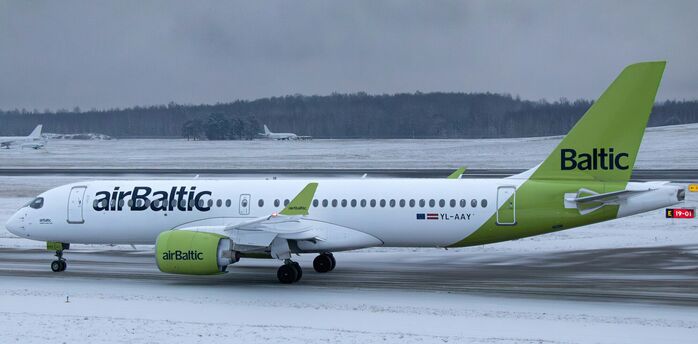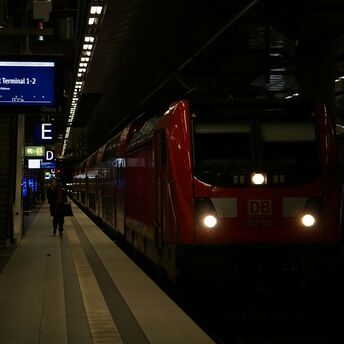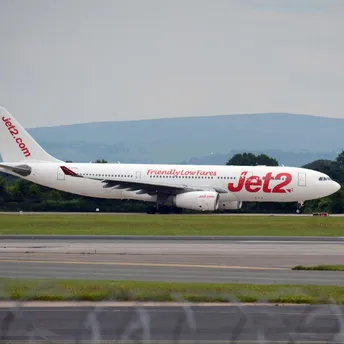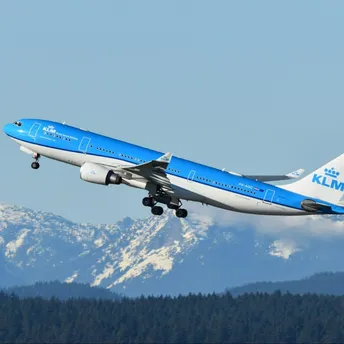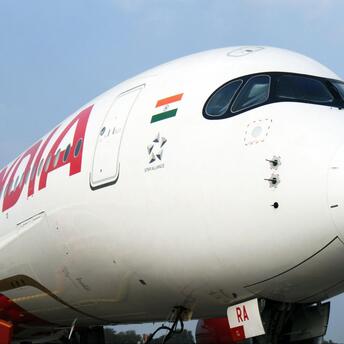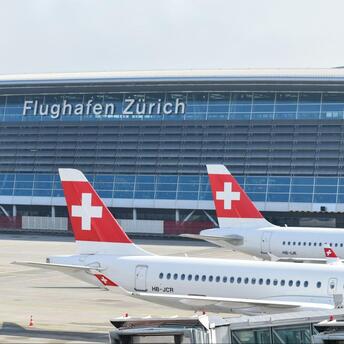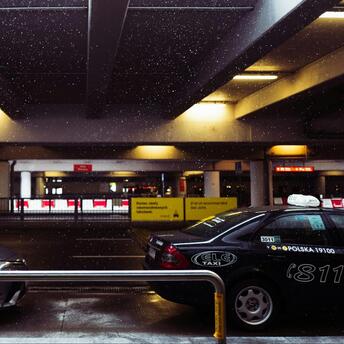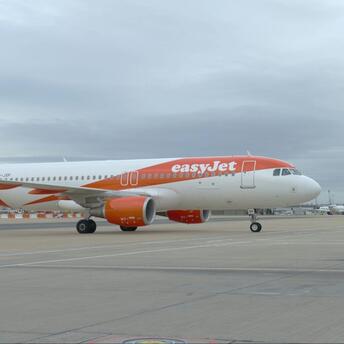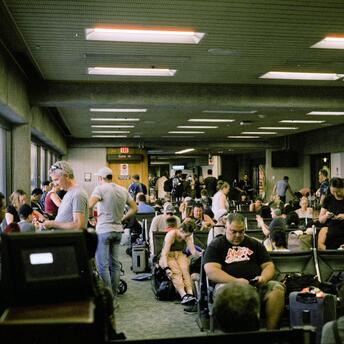American Airlines Pilots Skeptical of 'America West 2.0' Business Model
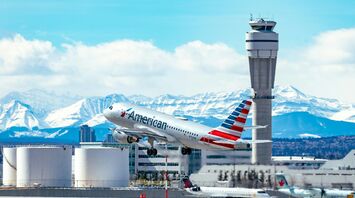
The American Airlines pilots' union, led by Captain Ed Sicher of the Allied Pilots Association, has recently raised concerns over the airline's strategic direction, emphasizing a shift away from long-haul to focus more on domestic markets. This development has sparked debates on the viability and future trajectory of the airline's operations.
American Airlines, traditionally known for its extensive global network, appears to be reconsidering its operational focus. Captain Sicher's critique points towards a strategy reminiscent of America West Airlines, focusing on growth in underserved domestic markets rather than reinforcing its long-haul routes.
The airline's move towards competing with budget carriers and regional markets, as described by Captain Sicher, marks a significant pivot from its established business model. The strategy, aimed at capturing profitability through domestic market opportunities, has been met with skepticism from pilots, concerned about the implications for their contracts and the airline's competitive position.
This strategy shift comes in the backdrop of American Airlines attempting to recover and reinvent itself post-pandemic. CEO Robert Isom has articulated a vision of transformation, emphasizing customer experience and a competitive corporate culture. However, the pilots' apprehensions highlight underlying challenges, particularly regarding the operational scope and contractual limitations against the backdrop of the airline's new direction.
The concerns of the pilots extend beyond strategic misalignment; they touch on the core aspects of employment terms and operational sustainability. The introduction of regional jets (RJs) and adjustments to route strategies have ignited discussions on scope clauses and job security, illustrating the broader implications of strategic shifts within major airlines.
In conclusion, while American Airlines aims to navigate post-pandemic recovery through strategic realignment, the pilots' union's criticisms underscore the complexities and challenges of adapting to a changing aviation landscape. As discussions unfold, the industry will be keenly watching how these strategies will impact the airline's path forward and its workforce's morale.


